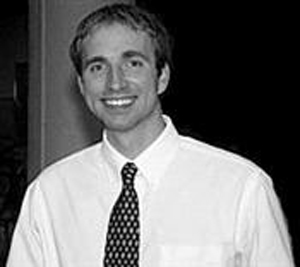Program Information
Simulation of the Scatter Energy Spectrum for Multiple C-Arm/patient Thickness Configurations Using MCNPX
S Handley*, A Pasciak, Univ Tennessee, Knoxvlle, TN
SU-E-I-30 Sunday 3:00PM - 6:00PM Room: Exhibit HallPurpose: Lead-free composite aprons consist of a mixture of relatively low atomic number materials with K shell absorption edges that have been selected to provide maximum X-ray attenuation per unit mass of the apron for common x-ray energy spectra encountered in fluoroscopy. The purpose of this study was to simulate and then analyze several factors that may influence the energy spectrum encountered by a physician near the fluoroscopy table.
Methods: Dose curves were determined on a Siemens Artis Zee C-arm system using varying thicknesses of PMMA. A model energy spectrum was generated using SPEKTR for patients of varying size based on the filtration and kVp described by the dose curves. The energy spectrum was imported into MCNPX v2.5.0 and a Monte Carlo simulation performed. Simulated geometries included both AP and lateral, with the physician standing on both the tube and detector side of the bed. Multiple flux tallies were created to generate an energy fluence histogram as a function of physician location for each fluoroscopy geometry. Plots of the energy spectrum were generated from the resultant MCNPX tallies.
Results: The average energy of the scatter spectrum varied weakly as a function of C-arm orientation and physician location relative to C-arm isocenter. The average energy was the highest at a location of 40 cm inferior at the detector side for a lateral exam at 43.67 keV. The average energy was the lowest at 160 cm inferior on the source side for a lateral exam at 39.82 keV.
Conclusion: The influence of physician location and C-arm geometry on the scatter spectrum was, at its largest, 3.9 keV. The difference in energy was relatively small and provides a well-defined target region for material-composite aprons to optimally attenuate scattered photons.
Contact Email:


